At this time of year in wild gardens two plants are at their peak flowering period ,Lythrum salicaria , commonly called purple loose strife and Filipendula ulmaria which has been known as meadow sweet since the 16th century when it was laid down on floors of medieval castles to add fragrance and keep down infection and apparently was a particular favourite of Queen Elizabeth for her bedroom floor in Tudor times .
Both plants love damp wet land and in the US loose strife is considered “ an aggressive invader ” but in ancient times it was widely used by herbalists for depression etc. and the clue is in it’s name …. loose strife .
You don’t plant any of these wild flowers and they are not for sale in any garden centre , they select you and arrive uninvited in your garden if the conditions are right and sometimes their presence is not welcomed by the more precise gardeners who want immaculate perennial beds without any unplanned seedling dropping in but in this garden all such visitors are welcome and indeed encouraged !
I love having both plants in the garden as the boggy conditions suit them and in the wet areas they have colonised , meadow sweet is similar to astilbe and flowers better although astilbe keeps its shape more compact …. but hey I get buckets loads of meadow sweet for free !
There is also a well documented link to the Druids of Western Europe as meadow sweet was considered one of their three most important medicinal herbs , the other two being water mint and vervain both of which also grow wild in the water area of the lower field .
I grow traditional mint in the herb garden and of course mint once established just colonises itself and can be a bit of a thug but the water mint just came in naturally in one area and grows in deep water and you haven’t tasted or smelled mint until you experience the intense smell and taste of water mint .
Druids and their legends have a firm hold on people’s imagination …. I mean the real Druids of the 2nd and 3rd centuries BC not the modern day idiots who invade Stonehenge every summer solistice and prance around in white robes for the benefit of the TV cameras ….. the real Druids left no written records at all as nothing was written down by them and have depended on contemporary roman writers ( who were often negative about them ) to give us an idea of their beliefs and rituals but what we do know and what comes strongly across is that the Druids were firmly in touch with nature and that their communion with nature was at the core of their religious beliefs …… in my book the Druids had the right attitude !
As another example of an unplanned arrival I attach a photo of a verbena bonariensis which just popped up in the middle of last October’s planting scheme of cornus and rosa rugosa and I suspect it came in via one of the pots of rugosa … I know it doesen’t belong in the group and perhaps I should have removed it for planting somewhere else but it obviously loves it’s new found position so I didn’t have the heart to move it and perhaps it will reward me next year by throwing out lots of little verbena seedlings !
This year I have noticed an increased number of rabbits in the lower garden and sometimes even up close to the house and apart from seeing them physically I am certainly seeing the result of their eating habits as they seem to love big leaved perrenials and yesterday having planted out two lovely foliage leaved plants I came out this morning to find both eaten to the ground …. It is dispiriting to say the least but my mantra has always been that we share the garden with the deer and the rabbits ….. but the mantra is wearing a bit thin as up to now I found the one or two bunnies running around as ah shucks kind of lovely … BUT I realise that what the experts say is true of rabbits and rats i.e. see one and there is at least twenty more watching you !
One of the garden visitors at the Open Weekend recently was a former deer hunter and he explained that if you took out the lead animal of the group of deer that this would keep the others away for a few months and he very kindly offered to take out a hunting licence and come out and cull the deer over a few nights but when it came down to it I couldn’t do it because as much as I bitch about the damage they do , I realise that they have every bit of ownership of the garden as I do .
The garden centres are now selling a product called “ scatter off ”which comes in pellet form and which when sprinkled around will keep deer , rabbits , away for up to six weeks ….. so says the label at least … I am thinking of marketing my own product but with a slightly different name … bugger off !
July is a period of lushness in Irish gardens with our traditional weather mix of rain and sunshine and just now growth is at its best as is shown in photos from the lower garden of a clump of giant gunnera and crocosima while the golden cornus provides a contrast framing the red bridge .
I mentioned recently the dangers to a garden of invasive plants but was referring to water plants however the Daddy of all invasive plants is Japanese Knotweed (fallopian japonica ) and the Sunday Time’s Magazine of July 12th headlined it on it’s cover with the title “ The plant that ate Britain ” and explained that it costs 200 million euros each year in an effort to eradicate it .
The plant grows wild in Japan on the slopes of volcanoes and was first brought to the UK in the mid 19th century and in the beginning it was a sought after expensive plant and was awarded a gold medal as “ the most interesting new ornamental plant of the year ” and in the early 1900’s such renowned gardeners as the guru of wild gardening , William Robinson ,and Gertrude Jekyll were enthusiastically praising Japanese Knotweed before it was discovered that it was hugely invasive .
In its native Japan there are 186 species of insects that feed on Knotweed and in Northern Europe there are … you guessed it …. NONE , which is the problem as the plant has no known predators here and even systemic weed killers like Round Up have no effect .
For the past ten years in the UK they have been testing each of the 186 japanese bugs that feeds exclusively on knotweed and one has been identified that might suit conditions here but ….. a serious but is that the knotweed eating insect should NOT have an adverse side effect on the UK eco system as the cure might be worse than the disease .
It has not spread in Ireland to the same extent as in the UK nor do I hear gardeners here worrying about it to the same degree as it is not a hugely rampant grower here ….. we have it in one area of the garden where it came in with top soil but it doesen’t like wet soil so has stayed in that area under trees and I must say I like the plant as it has great foliage and I have cut a walkway through part of it which adds a touch of mystery as you enter the lower garden and it hasen’t made any effort to spread out of it’s patch in over ten years here nor of course do I try and introduce it to other areas of the garden …. the one advantage is that knotweed is a sterile plant and does not throw out seed so it propagates by root and even a piece the size of a finger nail can grow into a mature plant ….. now the scientists should work on transferring that quality to other plants !
Now that the water lilies are in full bloom I am often asked by visitors how to get them to flourish and are they difficult ….. the answer is that a lot of thought has to go into the planting of water lilies and yes in my opinion they are difficult to establish but get the preparation work right and then they will reward you with better blooms every year and in the pond apart from looking lovely they serve to shade part of the water which prevents over heating and a build up of algae and also hide any fish from herons and other predators .
OK you have bought your water lily in the garden centre so just plonk it in a pond ?
If you do this the water lily will sink to the bottom of the pond never to be seen again !
First of all the leaves always have to rest on the surface of the water no matter how big a potted plant you start off with …. you need to place a few layers of brick under the pot at the beginning to prop its leaves up on the surface and then gradually remove a layer of bricks as the plant grows … this process can last up to two years until the pot is ready to sit on the bottom of the pond .
I use a small pond at the immediate back garden which is about two feet deep as a kind of birthing pond for water lilies with pots of lilies being brought on there for two years before moving them on to their final locations in the natural water in the lower field .
I no longer use a pile of bricks but place an iron bucket upside down in the water to support the new water lily arrivals as quite by accident I discovered that the iron bucket after two years submerged has oxidised and takes on a lovely patina of rust …. poke a few holes in the bottom of the bucket , add a layer of gravel and plant up with your choice of hostas or bedding annuals to produce an eye catching container … at least to me it is eye catching , you may think it is just a rusty bucket …. have a look at the photo below and make your own mind up !!
I have been rereading “ The Wild Garden ” by William Robinson in the past few days … OK reading it for the first time not just glancing through excerpts as I am just as glib and superficial as the next gardener when we talk up our Robinsonian wild gardening principles !
To quote such an accomplished garden writer as Charles Nelson “it is undeniable that relatively few people have ever owned a copy of The Wild Gardener yet it is also undeniable that it has been one of the most influential horticultural books ever published ” . The Wild Gardener was published in 1870 when Robinson was 32 years old and he lived for a further 65 years bringing out six later revised editions of the book ( in total Robinson wrote over 70 books ) and of course his thoughts on gardening changed considerably in that time so that his wild gardening concepts , which in themselves were a reaction to the rigid formal Victorian and Edwardian gardening styles of the time , moved beyond his original strict rules where almost nothing in the garden could be changed from what nature had created and that even staking trees and plants was not allowed .
Rules in gardening as in life can be broken and while I have always gardened on the wild gardening theme I also have my likes and dislikes and don’t stick rigidly to the so called rules and while I am at it let me say I am not a fan of wild flower meadows in a private garden as to me they just look neglected and untidy …. come to that I am not too keen on wild flower meadows in formal gardens or orchards either as they look great for a few weeks with all the flowers in bloom … then one hail storm or heavy rain and everything is flattened and ends up looking horrible and I am fed up with people telling me that this or that area is their wild garden when in reality they cannot be arsed to get the lawn mower out !
Oh and by the way Robinson was Irish !
I love Charles Nelson’s quote in the introduction to the recent edition of Wild Gardening to the effect that the wild style suits both the Irish climate and “ some might say the Irish character ” ….. we Irish wild ?
Say it isen’t so Charles !


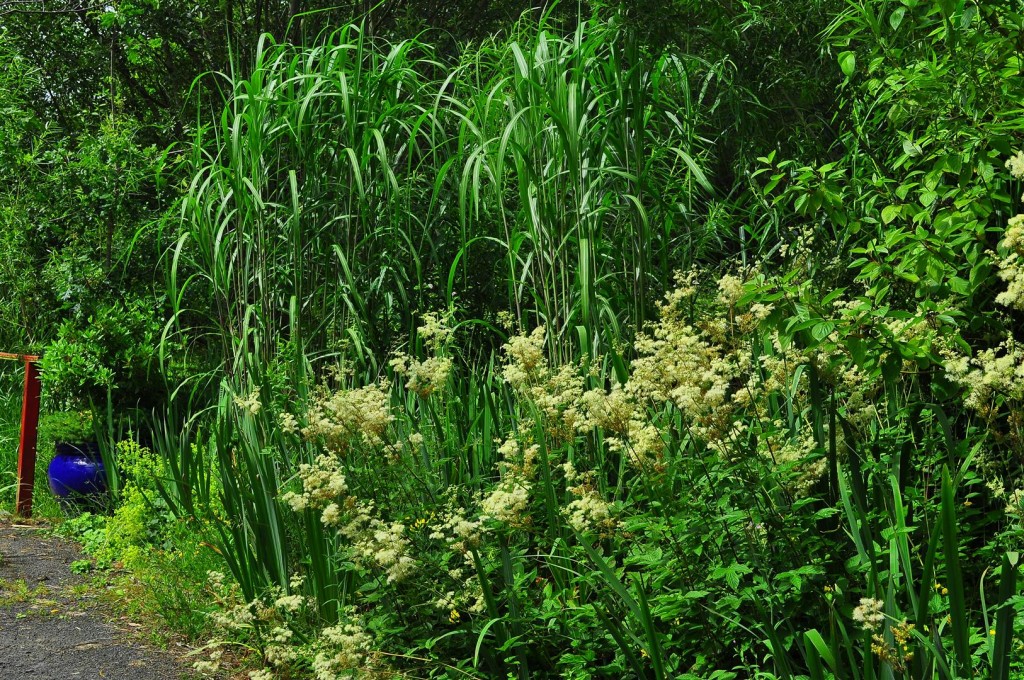
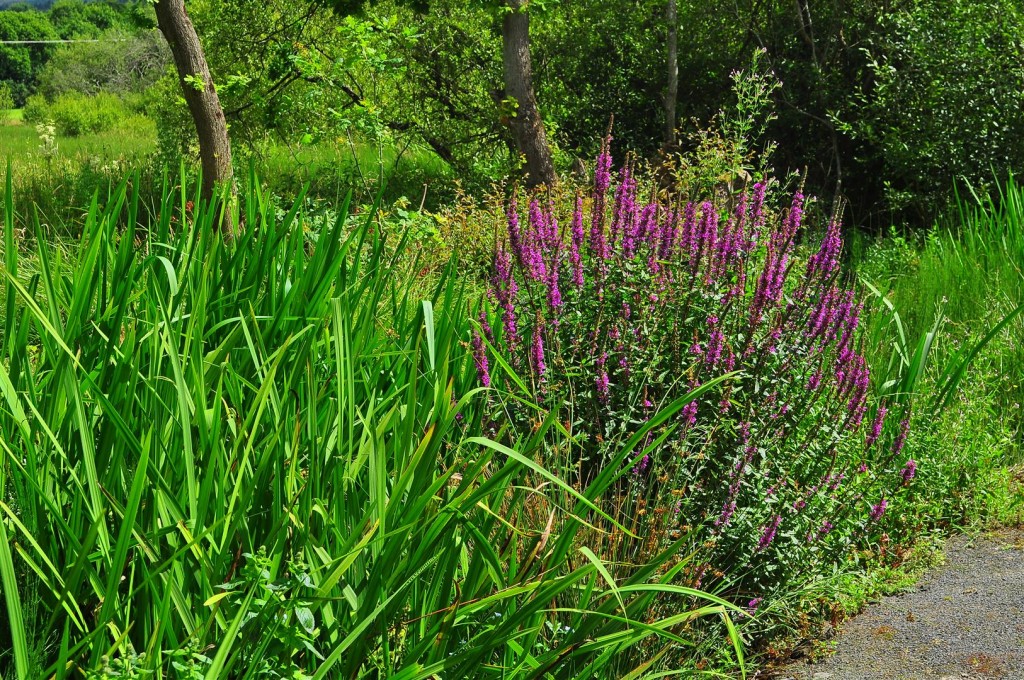
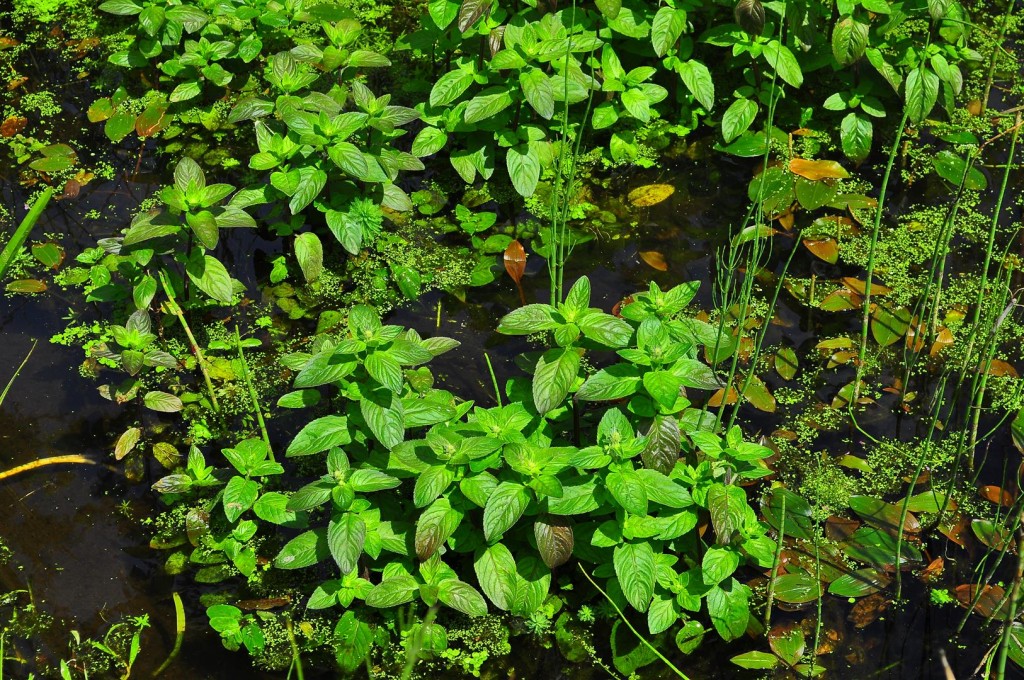
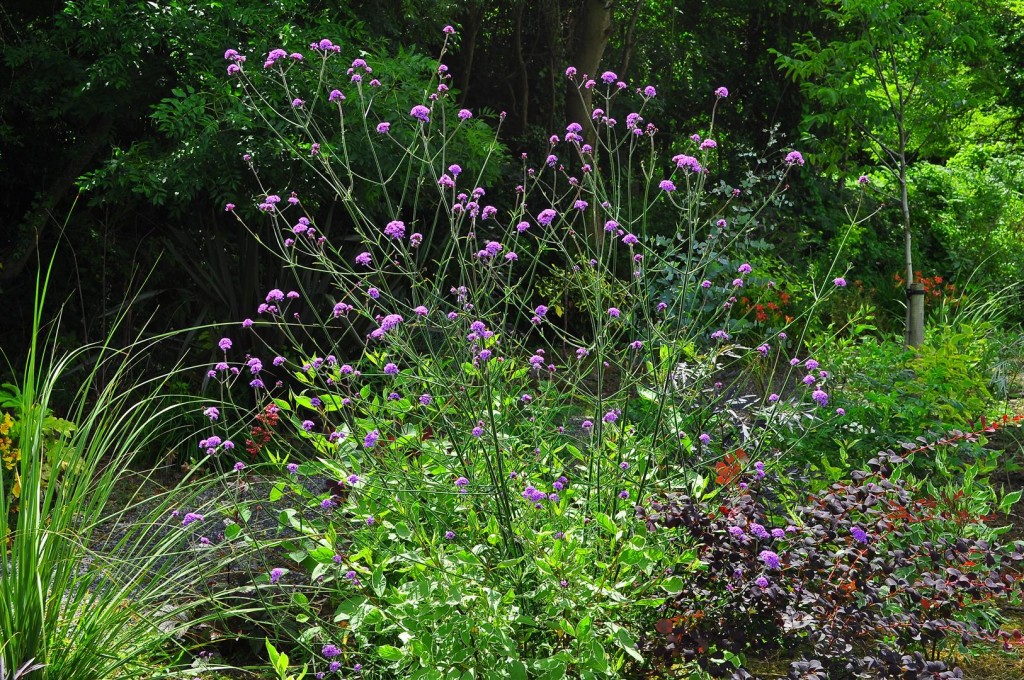
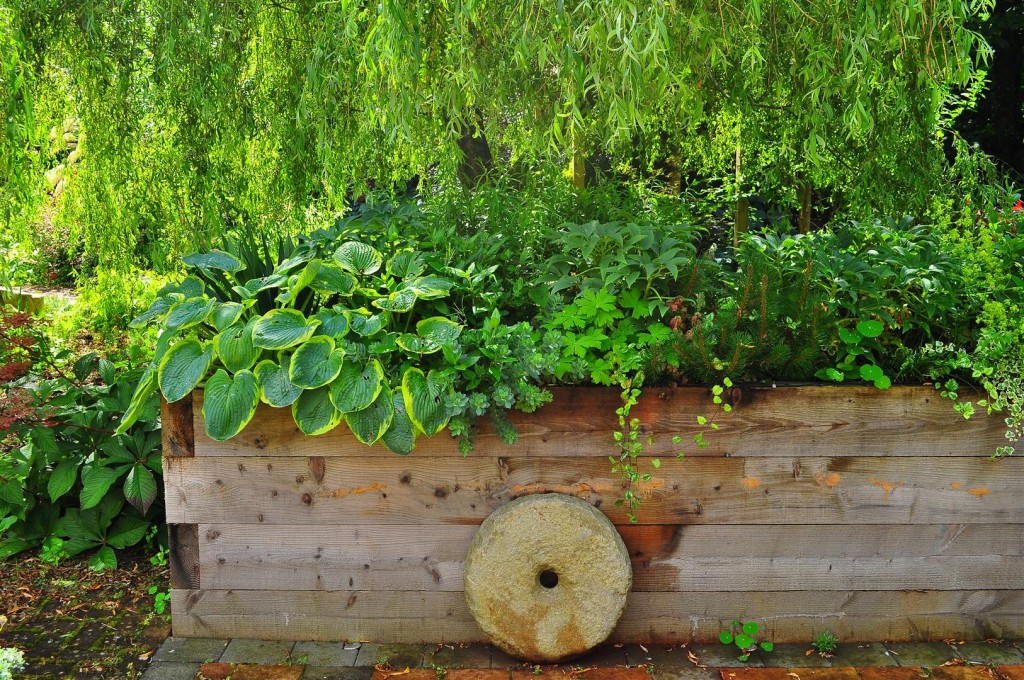
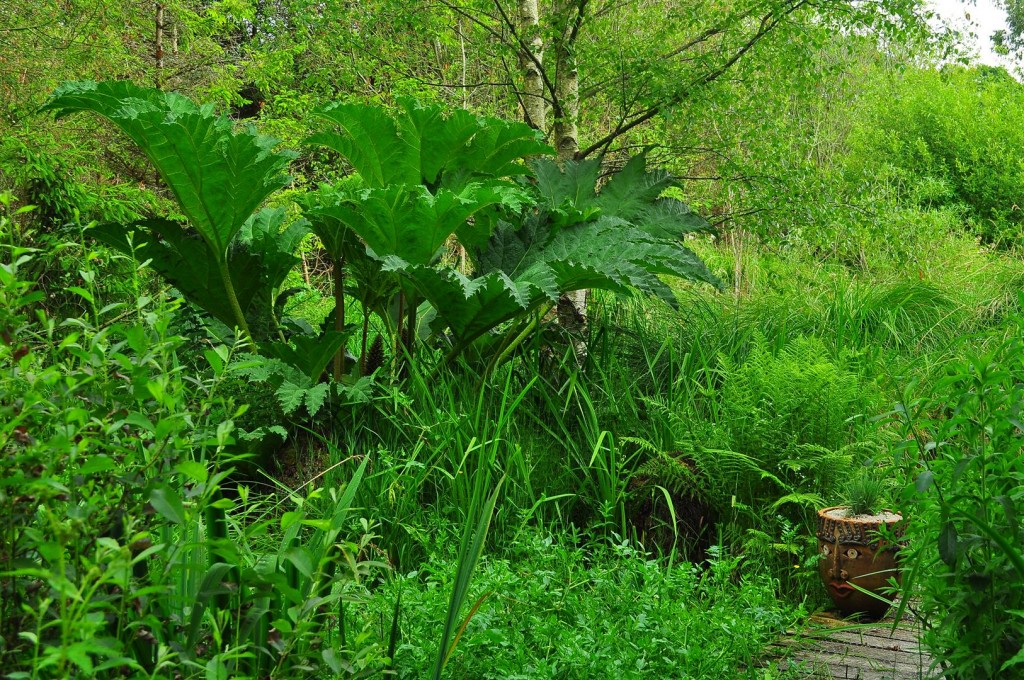
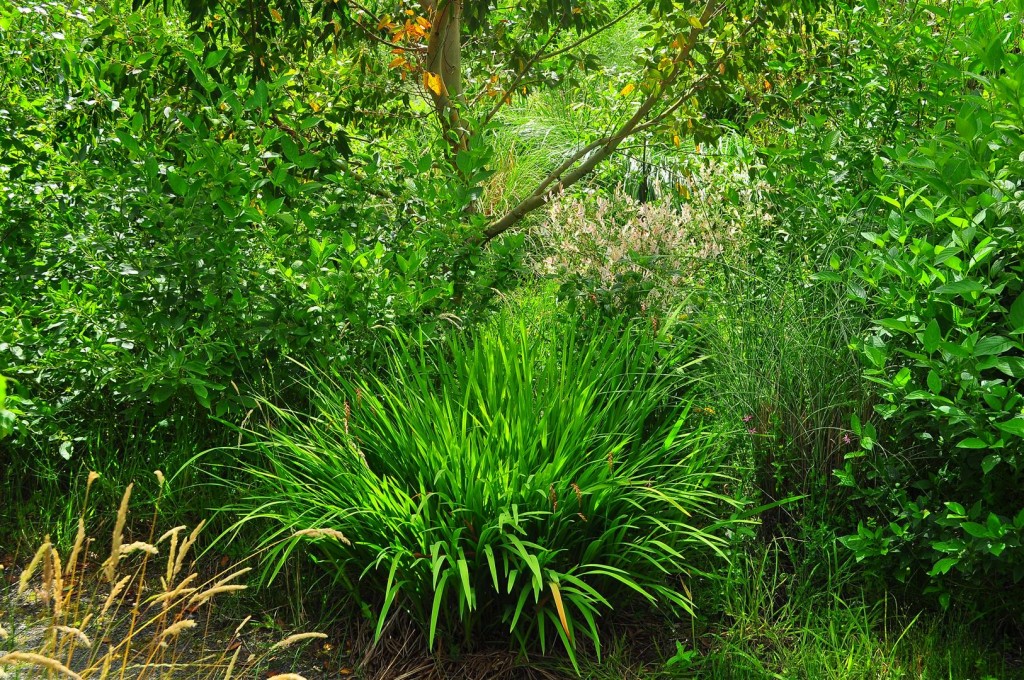
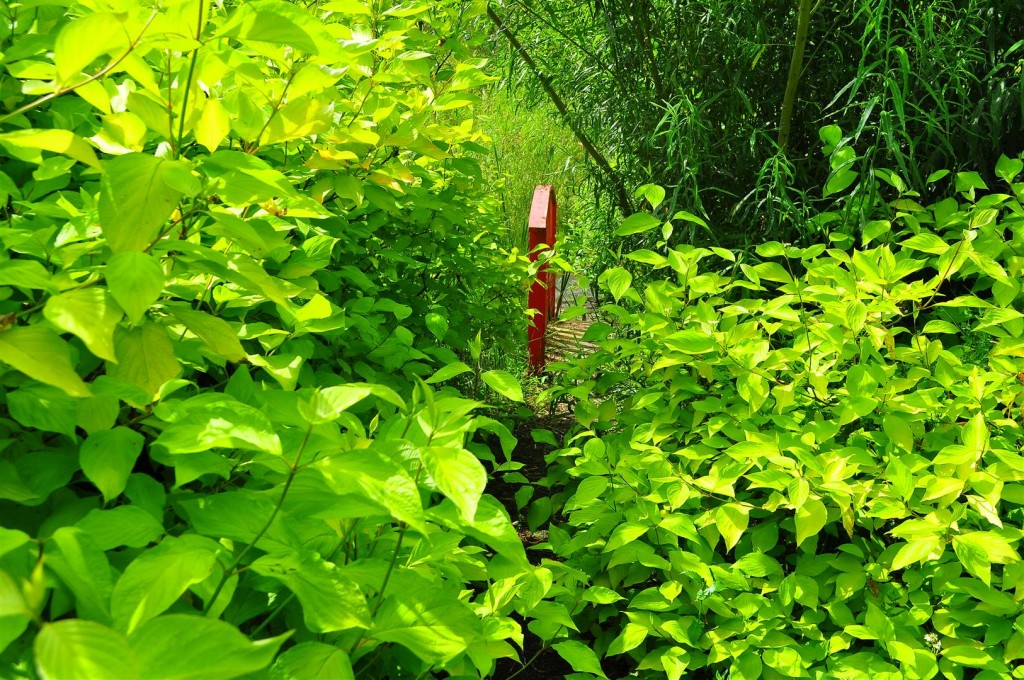
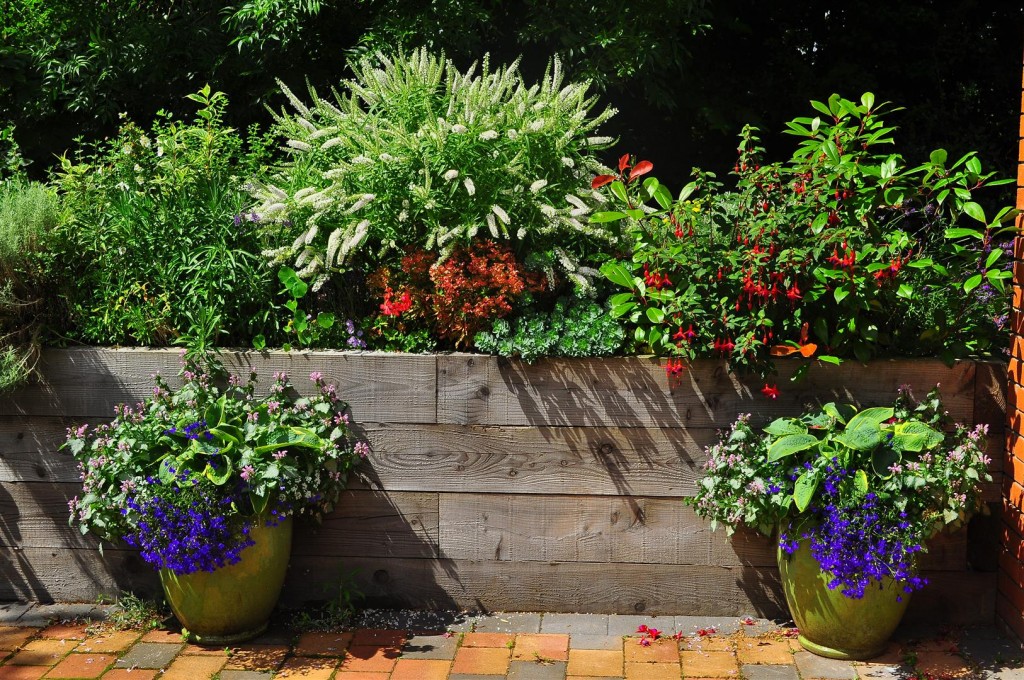
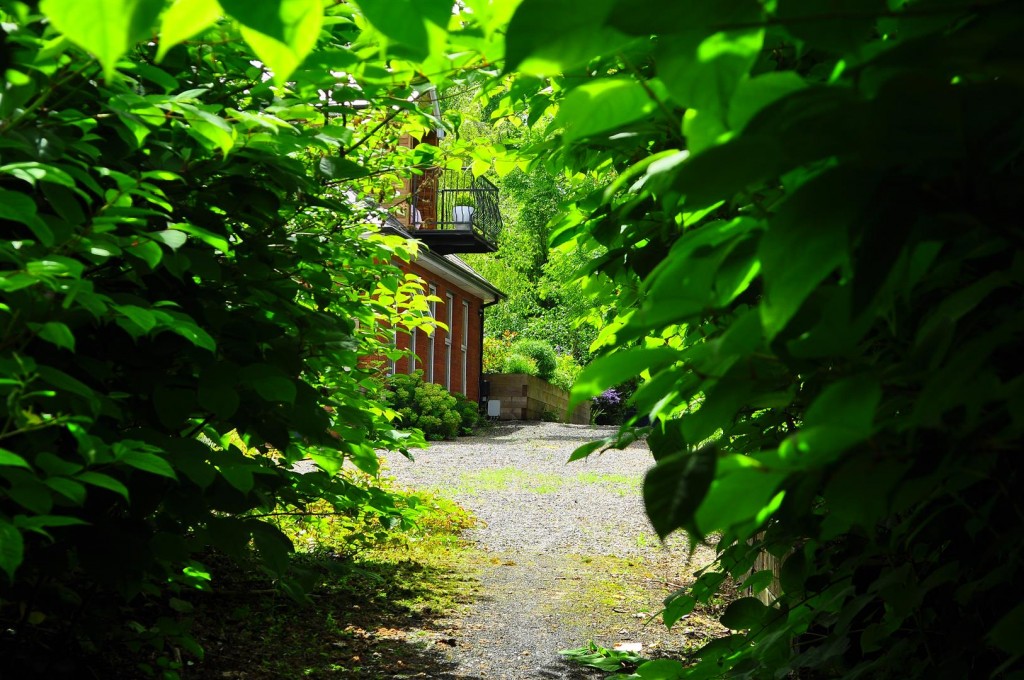
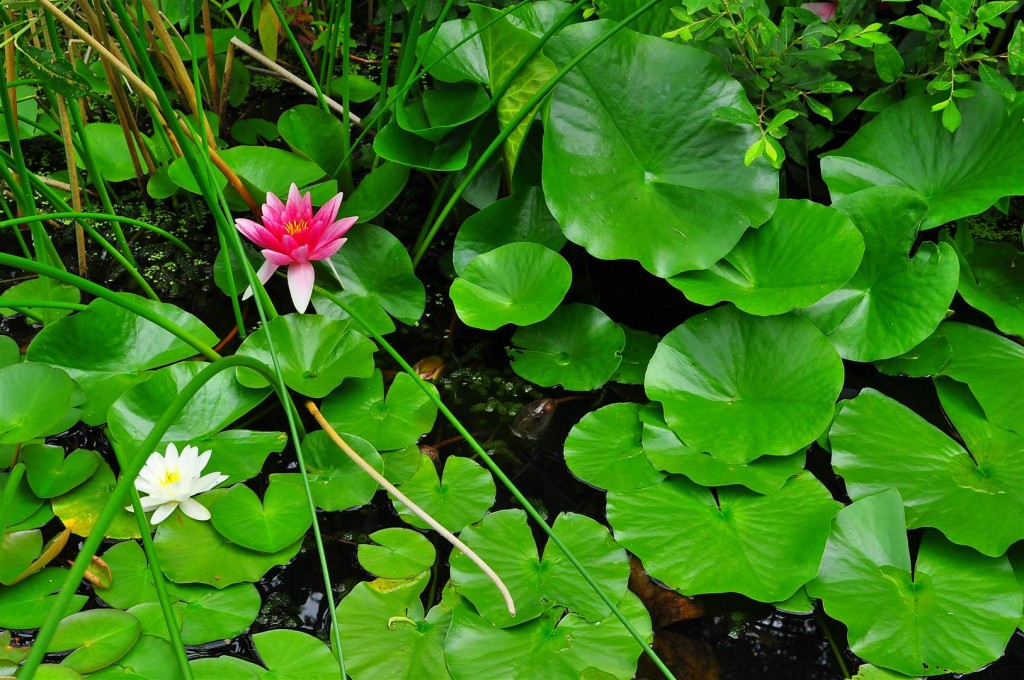
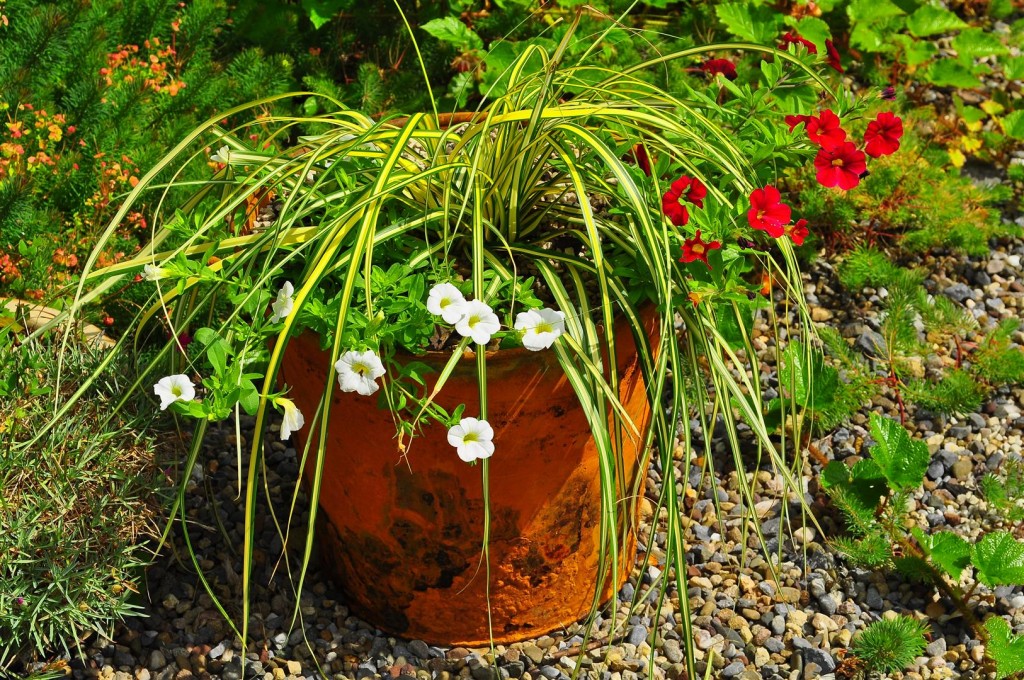
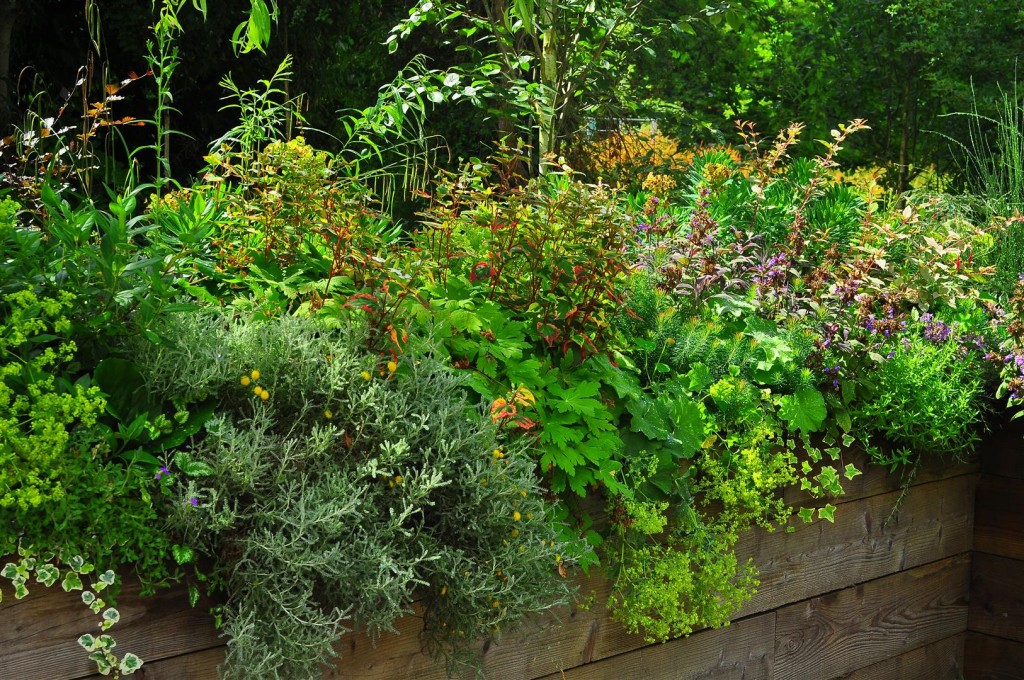
Leave a Reply